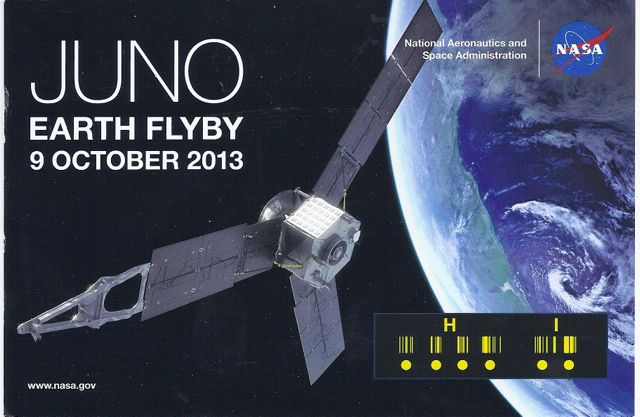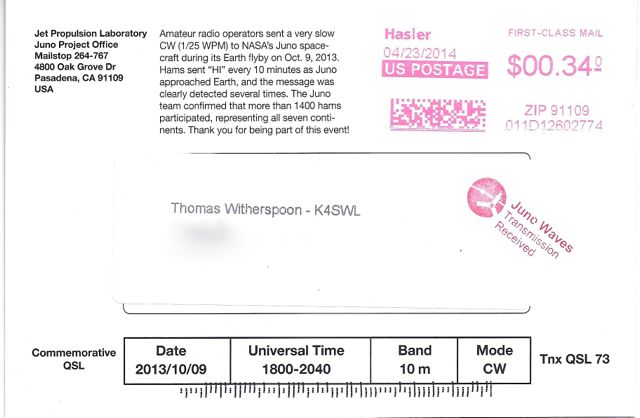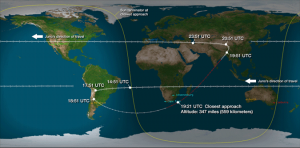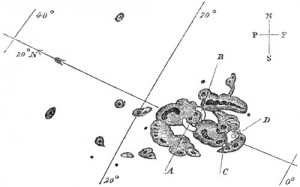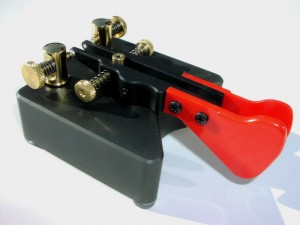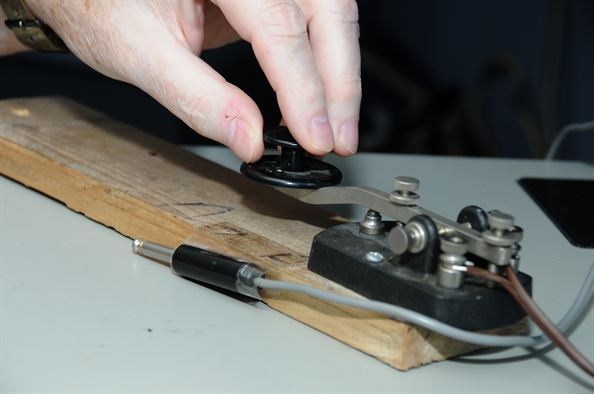
(U.S. Air Force photo by Kemberly Groue)
Many thanks to SWLing Post reader, Pete Carron (W3DKV) who writes:
“Thought you might be interested in the following article from Goodfellow Air Force Base in Texas, posted May 20, 2015. Apparently Morse Code still isn’t dead, not even in the military!”
Morse code training moving to Goodfellow
GOODFELLOW AIR FORCE BASE, Texas — Morse code training at Fort Huachuca, Arizona, will transfer to the 316th Training Squadron at Goodfellow, allowing the Air Force to take the reins for future training.
The move stems from the Army’s redirection of training requirements, leaving the Air Force as the sole remaining branch attending the course taught at Fort Huachuca.
In the last 10 years, the Army renovated the course to cater as a secondary skill set and serve as a support function, rather than being a single source of intelligence gathering. As this happened, the Navy began teaching their own course at Pensacola, Florida.
The Goodfellow course will train 10 students annually starting July 1. Tech. Sgt. Ryan N. Kilcrease and Senior Airman James M. Gosnell, 316th Training Squadron Morse code instructors, will be the first to teach the course here.
“Morse will never fully go away as long as it remains the cheapest, most reliable way to communicate,” said Kilcrease. “Our adversaries will continue to use it, so we still need to be able to understand them if we want to be able to continue our mission successfully.”
Gosnell believes that the course still holds benefits for the Air Force.
The military recognized the benefits of Morse code for communication after Samuel F. B. Morse completed the first coded message in history by transmitting, “What hath God wrought?” from the U.S. Capitol to a railroad station in Baltimore, Maryland, May 24, 1844.
President Abraham Lincoln relied on it during the Civil War to gather intelligence and communicate directly with his generals.
The Department of Defense embedded it heavily into all armed forces as a communication device with the Army-lead training in Fort Devens, Massachusetts. In 1993, the training moved to Fort Huachuca, Arizona, where Operating Location B, 316th TRS, is located.
Thanks for sharing this article, Pete!
I like Tech. Sgt. Ryan N. Kilcrease’s quote:
“Morse will never fully go away as long as it remains the cheapest, most reliable way to communicate”
If you listen to the CW (a.k.a. Morse code) portions of the ham radio bands, you’ll hear that CW is still very much alive and well. It is an incredibly reliable and robust communications medium. As we CW operators say: “CW always gets through!”

